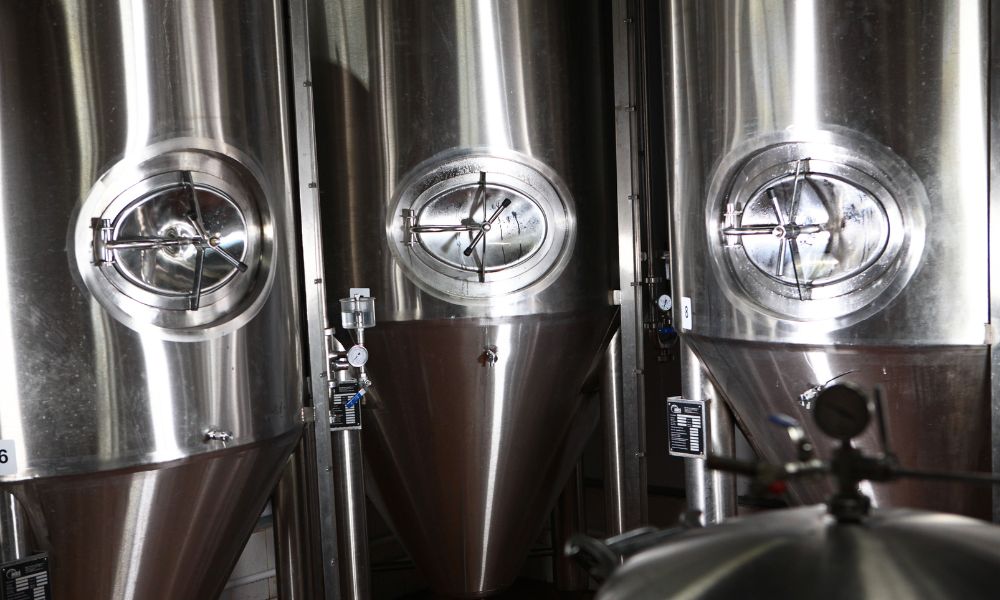Choosing the right brewing materials for your business will benefit your operations. Discover the advantages of stainless-steel equipment for beer brewing.
Content :
Beer brewing is an art, a science, and a demonstration of human ingenuity and creativity. Over the years, this craft has seen countless transformations as brewers continue experimenting with different brewing methods, ingredients, and equipment to create unique and refreshing beers.
Among the multiple options available today, stainless-steel equipment is a popular choice for brewers to obtain consistent and accurate results easily. Some of the most noticeable advantages of stainless-steel beer brewing equipment, such as durability, cleanliness, and cost-effectiveness, make it the favored material in the industry.
Durability
Stainless steel’s inherent strength and resistance to damage make it the best choice for brewers who need durable, long-lasting equipment. The material’s high tensile strength can withstand extreme forces and pressures that cause other materials to warp or break.
Its resistance to chipping means it won’t degrade over time, offering a longer lifespan than other brewing materials. This advantage translates to less frequent equipment replacement and significant cost savings in the long run.
Corrosion Resistance
Stainless steel’s stupendous corrosion resistance happens due to its protective oxide layer, which acts as a barrier between the underlying metal and the corrosive elements in the brewing process. All types of brewing equipment experience exposure to acidic ingredients, such as hops and malt, as well as inevitable contact with water.
Even with some scratches on the surface of stainless-steel equipment, this protective layer naturally reforms, preserving the metal’s integrity and preventing corrosion. Stainless steel’s non-reactive properties mean it won’t leach harmful substances into your beer, ensuring the brew maintains its intended flavor profile.
Temperature Control
Stainless steel plays an integral role in maintaining the right temperature, a key factor in the chemistry behind beer brewing. Temperature greatly influences each step of the process, from mashing and boiling to fermenting and conditioning.
Stainless steel’s excellent heat conductivity ensures the yeast ferments optimally and the various chemical reactions contributing to a beer’s flavor occur as intended. If the fermentation temperature is too high or too low, it can stress the yeast and produce unwanted flavors.
Easy Maintenance
The material’s smooth, non-porous surface leaves little room for dirt and microorganisms to hide, making it easier to clean and sanitize. The non-absorbent nature of stainless steel ensures that no odors or flavors from previous brews linger, allowing each batch to remain true to its unique flavor profile.
Stainless steel requires no special cleaning solutions or techniques, translating to time and cost savings in the long run. Easy maintenance and sanitation are some of the top advantages of stainless steel from beer brewing, making it a leading choice in the beer industry.
Long-Term Value
The financial efficiency of stainless-steel brewing equipment significantly contributes to its long-term value. While the initial investment may be higher compared to equipment made from other materials, the long-lasting nature of stainless steel more than compensates for the upfront costs.
Stainless steel equipment doesn’t need frequent replacements or costly repairs, translating into substantial savings over its lifetime. The consistent brewing results mean a quality product with each batch, leading to higher consumer satisfaction and increased sales for commercial brewers.
Stainless steel equipment offers distinct advantages, making it an invaluable asset in beer brewing. Its durability, corrosion resistance, easy maintenance, temperature control, and long-term value make it the preferred choice for brewers worldwide.






































